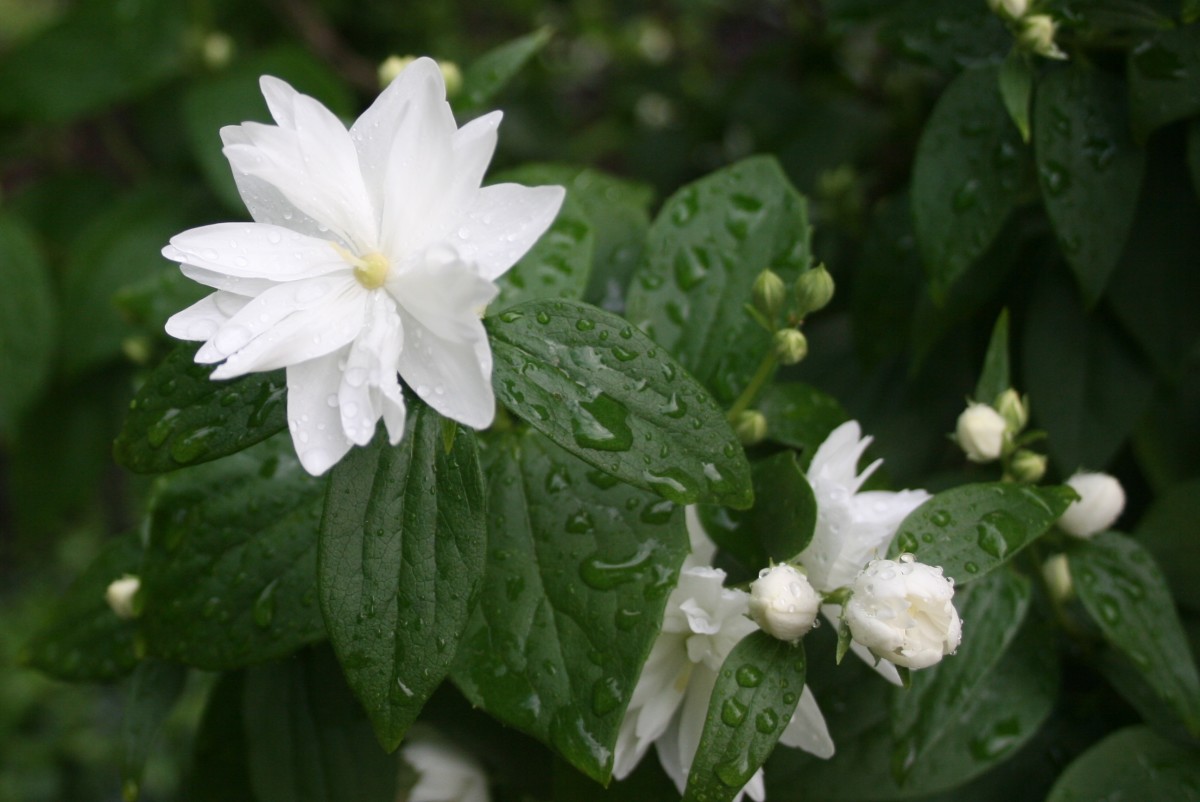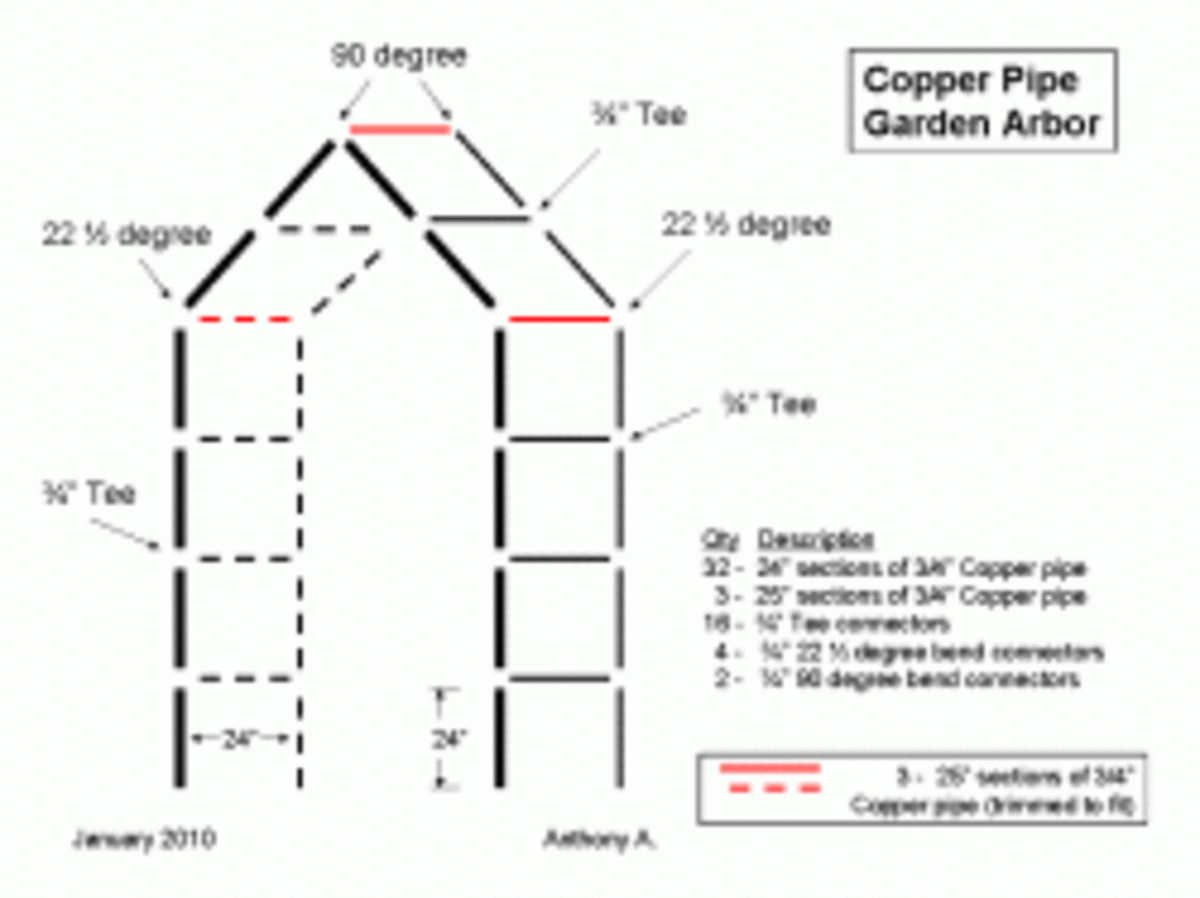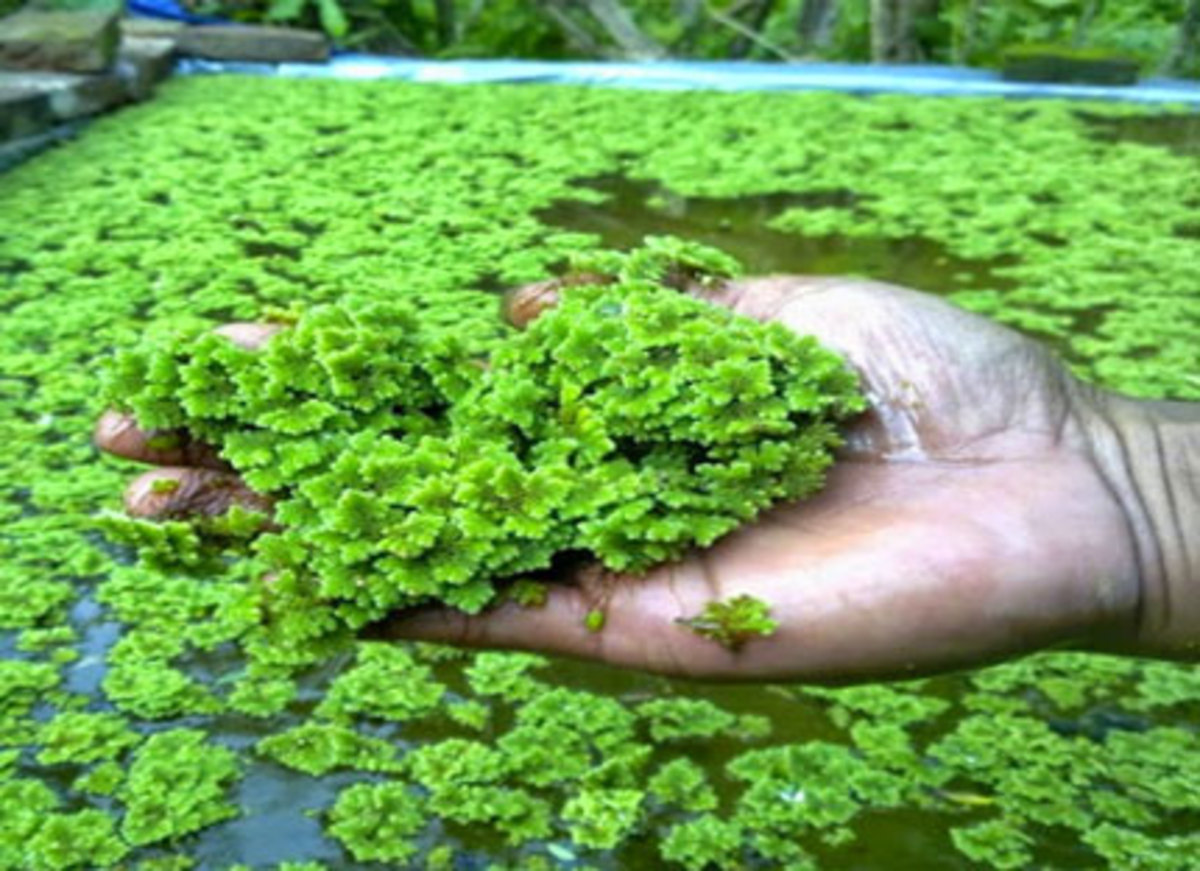Wet areas in gardens
Handling a swamp
Wet areas in gardens can be expensive, and particularly thankless places to do any form of landscaping. They can easily create problems in the forms of wasted labor, failed plants and disruptions to local drainage.
Generally speaking the wet areas are either places too close to the water table, areas subject to heavy runoff which can’t drain, or near aquifers releasing ground water. Either way, they’re a result of the local landforms and need to be approached cautiously.
Major remedial work on low lying land or land subject to runoff can be extremely expensive, and in some cases, ineffective. Usually the remedy is to build up the land, but by definition, the new soil structure can be undercut by water if it can’t cope with the amount of water or the nature of the flow. In some cases “remedial” landscaping can create more problems, weakening soil structures or exposing new areas to water flow. Areas containing clay are especially difficult. Clay is pre-bonded to water molecules, and will pass on excess water very destructively, in addition to making a viscous and uncooperative soup of itself.
The general rule with any wet locale is to assess and plan. Band aid solutions will not work. Time and money can be soaked up pretty easily, even if the water isn’t.
Plants are a good alternative to big structural work. There are many plants which can thrive in wet areas, and act as drainage. Big plants can take up a lot of water. They also act as a base for soil structure, preventing the water from breaking it up, and giving dislodged soil somewhere to build. Plants effectively manipulate soil structures over time.
In choosing plants, the locality is the primary consideration. Wetland flora varies immensely. In some places native reeds are the main inhabitants of wet areas, in others trees are the primary vegetation. One of the reasons for this is that wet areas contain soil biota which can destroy other plants. Those that have adapted to the wet conditions often have a monopoly of the environment.
In all wet areas, fungi are rampant. They love moisture, and are efficient destroyers of plants that can’t handle them. When picking plants for a wet area, it’s therefore extremely important to know what will grow in your area. The existing plants will be a rough guide to what can survive in your area. Plants from other wet areas may well thrive, but there’s always a risk that they’re specialists in their own regions. What’s a wet area plant in one region might wind up as compost in another. Most failed plantings are as much a result of losing the argument with the soil biota as any other reason.
Usually, trees are a yes/no option. Forget the dry land trees. They just won’t survive. Some trees, particularly river flora, can handle just about any wet conditions, and do well. Even so, putting in a hundred trees can be over- betting to a terminal degree. Try an experimental seedling or so from different species. Things like willows are usually excellent in wet areas, with a great capacity to absorb water, but again, locality matters. Willows are almost un-killable, but any gardener can tell you that “almost” isn’t always good enough. There’s a fairly wide choice of wet area trees, some particularly beautiful. You can base your selection on any form of aesthetics, but the result will be based on survival. See if your seedlings can handle all four seasons. If so, and they’re growing well, you can plant more.
Some plants are particularly reliable in just about any wet area. Cycads, one of the oldest forms of life on Earth, will thrive in nearly any wet area that isn’t salty. They’re big, beautiful, and provided they have water, nearly indestructible. Some can really be considered canopy, when they reach full size. They require no maintenance, and are among the few plants where fungi aren’t a problem. They need their space, but they do all the work.
Ferns are also good in wet areas, but a bit neurotic, compared to cycads. Things like maidenhair will grown magnificently in the right place, and cause pseudo-pattern baldness in the wrong place, as the gardener tears out hair wondering what’s wrong. Again, experiment with trial plantings. It saves time and effort.
Flowering plants in wet areas can be a real nuisance. Experience will show, in ruthless detail, what happens to the ones that don’t make it. The only flowering plants I know for certain can handle just about any level of wetness are agapanthus and golden poker, and some of their relatives. They’re very big plants, they clump, and can absorb large amounts of water, as well as being pretty trustworthy in the dry periods. They’re quasi-succulents, in some ways, with a good ability to retain moisture in those times.
Ironically, it’s the occasional dry periods that are the real threat to a wet area garden. Ferns loathe the dry spells. Cycads do a bit better, but most wetland plants hate dry times. Soil structure changes, root systems suffer from the setting soil, now much harder and more energy-expensive for the plants to gather nutrients. Wetland plants have adapted to take advantage of the mineral soup that those areas provide.
You can figure out what happens in your area in dry times. Outside the wet area, what’s growing? Pines? Other conifers? Things like oaks, maples, etc. real dry land plants? If so, they’re the things that would be growing in your wet area, if it wasn’t wet. Usually there’s a pretty distinct line of separation between wet and dry growth. The dry land trees are the best indication.
In a drought, or if the levels of moisture in the soil change, they’re also stronger, and some of them are colonizers. They’re good indicators of changes in the wet area. If dry area plants appear in the wet, you’ve got the beginnings of a significant problem. The area will need extra water. Sometimes gardeners can alter a wet area unintentionally. It may be that some of the wetland trees have altered the overall levels of moisture, (willows, in numbers, are perfectly capable of doing that) and that the soil will now allow dry land trees to grow.
This is the mangrove effect. Plants alter the soil to the point of creating opportunities for other plants. It takes years, but if you’ve ever noticed the odd mix of plants around some areas, wet and dry area trees together, there’s your answer. In some cases they do well together, but in others, where things like pines move in, the area is undergoing a major shift in its flora. The pines will drive out other trees over time. Soil biota also changes, naturally, and some of the organisms supporting the wet area plants can’t survive in the reduced moisture levels. Nutrition available to wet area plants also suffers from the relative dryness. Breakdown of materials by fungi is also affected, so the entire chemical tenor of the area is changed.
This can happen to wet area gardens, and this is where the real gardening comes in. Wet area plants can generally fend for themselves in their correct environment, but this sort of thing is beyond them. To properly maintain a wet area garden you need to watch growth habits and be sensitive to any sign of drying out. Generally you can handle reduced moisture with something pretty simple, like a good drip irrigator, very economical, and easy to maintain.
Weeding is another mixed blessing of the wet area garden. Rule: if you don’t know what it is, or what it’s doing there, get rid of it. Wet area plants can include some destroyers, very invasive water plants which can suffocate your plantings. Be ruthless. The plants I’ve suggested are pretty reliable, but some weeds can overrun an area very quickly, and really mess up a good wet area garden. Aesthetically, they’re a nuisance, and in terms of new growth from your plants, they’re a liability.
Fertilizer: In wet areas, not much is required. They tend to be areas where nutrients are provided by water movement, like river silt. Experienced gardeners will know that they can also encourage weeds like nothing else. If you have specialist plants, like wet region orchids, non-epiphytes, in particular, some considered fertilization is probably needed, but for everything else, less is definitely better. You can always add a bit. Don’t get too fussy about NPK mixes, or other technicalities, because they are subject to the water movement as well. A good equally balanced mix will be enough, and makes sure you don’t overdo anything. Too much phosphate isn’t good, if the other two can’t back it up. Too much nitrogen, and you get a lot of foliage, and maybe not much else. Let the plants figure it out. If flowerings are low, OK, maybe some of a specific element, for that plant. If growth is iffy, ditto. Common sense, and avoiding unnecessary labor, will achieve more with less effort.
Pests and diseases: Wet area plants have one added difficulty; water is an ideal common medium for the spread of pathogens and pests. Water is also inclined to make good mixing solutions for pesticides and herbicides.
Insect pests should be dealt with locally, using some care not to saturate the area with pesticides. The area should be allowed to flush clean of any residues. This means avoiding, if at all possible, high concentrations of pesticides as a regular procedure. They can and do kill benign organisms.
Diseases should be dealt with using the one iron law of gardening; remove infected plants, immediately, and destroy them. Particularly if the plant has become suddenly severely affected. Decontaminate the area, if necessary to the extent of replacing soil. Keep a close eye on any plants around the area of infection. Wet areas are vulnerable to rapid spread of waterborne organisms, and the entire area can suffer terribly. That said, some sprays can be as bad or worse. Some diseases are spread by insects as vectors, and this is where the conjunction of insecticides and other sprays can be lethal, and not only to the plants. Hormone based insect prays are extremely controversial, and with good reason. They can damage an ecology severely, seriously affecting other organisms, and linger for decades. Whatever you use, make sure it’s manageable, and as per fertilizer, less is better.
DO NOT make weird and wonderful cocktails of sprays, either deliberately or as a result of concurrent treatments of garden problems. Neurotoxins, fungicides, hormone sprays and other exotica are not a synonym for “safe for baby”. If you were looking for a supply of dangerous chemicals, with unknown possibilities when used in combination, these are the sort of chemicals which would really get a coroner interested. Wear gloves, space suits, whatever, but do not underestimate the ability of these very poisonous compounds to do you damage.
Wet areas have the advantage of being able to flush themselves clean of toxins, but it can take time. One possibility is to just spray for insects, and manually remove any diseased or weakened plants, rather than simultaneously spraying for a disease. The difference for the gardener is that the water in the soil will spread the chemicals very rapidly. It does dilute them, but they’re pretty powerful chemicals, and work on very low, aerosol-type, in some cases, molecular, dosages.
General maintenance: The best defence for any garden is healthy plants. Poor growth indicates either an unhealthy plant, or an unhealthy environment. Your garden will show you what’s happening, in detail. Keep your eyes open and be alert for anything which looks wrong, or not as it should be. Make sure you know exactly what you’re looking at, before you do anything, if you’re not sure. Advice is useful, but certainty is better.
Wet area gardens can be truly beautiful. They can be spectacular. Enjoy your garden, and learn from it. I promise you, it doesn’t get dull. Ever.





